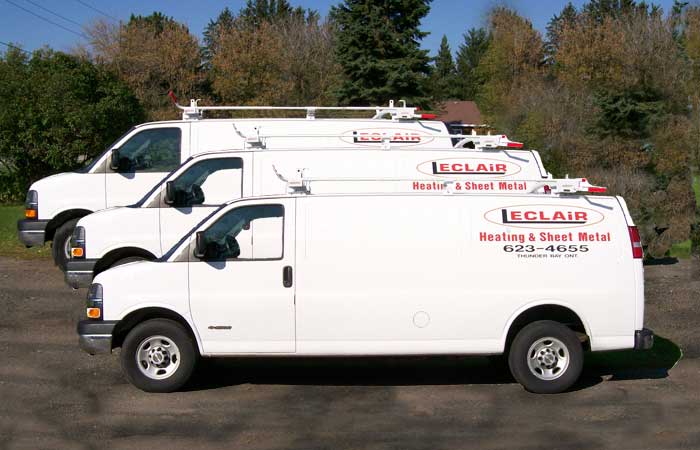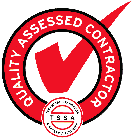
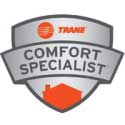
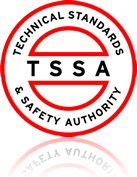

One of several Trane
High-efficiency
models

Authorized TRANE Dealer

Leclair Heating & Sheet Metal.
All rights reserved.
2613 McGregor Pl. Thunder Bay, Ontario P7E 5G9
Phone: (807) 623-4655
Replacement Furnace Installation
Choose a High-Efficient Model
The great debate over Mid vs High-Efficiency is over: as of December 31, 2009 only High-Efficiency furnaces may be manufactured or imported in Canada.
Residential gas furnaces must have an AFUE rating of 90 or higher to qualify for the Energy Star rating, and typically High-Efficiency furnaces have AFUE ratings of 90 to 97 percent.
Installing a High-Efficient furnace is not as easy as replacing the old furnace and connecting up the pipes.
A high-efficiency furnace, also called a sealed combustion or condensing gas furnace, provides about 90 to 97 percent efficiency in converting fuel to heat. This efficiency is due to a number of factors: latent heat released by condensation; less flue gas dilution; using outside combustion air; and heat exchanger design. Energy costs may be reduced further with the installation of a programmable thermostat, and a model that uses a variable speed fan motor.
In the secondary heat exchanger, steam, a product of combustion, is condensed back into water and releases about 940 BTU per pound of water, helping attain the "High-Efficiency" rating. This can amount to several gallons on a cold day. The secondary heat exchanger must be protected from this water with a special coating or with stainless steel.
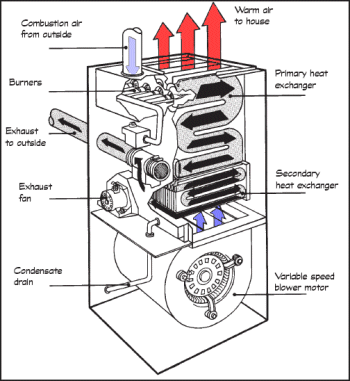
Because the products of combustion are at such a low temperature when leaving the furnace, they are vented with a plastic pipe, no chimney is required. The vent pipe may be routed through the side of the home, or up through the roof. In some cases it may be possible to run the pipes through an existing, unused chimney.
High-efficiency furnaces also utilize outside air for combustion (Sealed combustion). This feature dramatically increases safety and efficiency, and avoids drawing heated air from inside your home, providing additional energy savings. Drawing outside air eliminates both the heat and humidity loss by inside air escaping up the chimney. Reducing heat loss, in turn, reduces the size of the furnace needed to heat your home, reducing your energy costs.
This furnace also uses an inducer or draft fan that must be designed for a damp, corrosive environment. It utilizes a hot surface or spark ignition device in place of a pilot light. Eliminating the pilot light reduces energy costs just by not consuming gas when the furnace is not running, estimated to be as much as $250 annually.
Humidification
In most cases, you should consider eliminating any humidification system. You can always add it later if needed. The new furnaces don't draw air from your home for combustion and do not create a constant flow of heated air up the chimney. With less air loss, there is less dry, cold air infiltration through leaks. With less infiltration, there is less need for adding humidity to not dry out your home.
Sizing
The "size" of a furnace is rated in input BTU per hour. A typical furnace is rated at 60,000, 80,000 or 100,000 BTU per hour.
A 20 year old 100,000 BTU furnace running at 50 to 60 percent efficiency delivers about 50,000 - 60,000 BTU/hour of heat to your home. A new 90 percent high-efficiency furnace rated 60,000 BTU will deliver about 54,000 BTU/hour of heat to your home.
You can trust Leclair Heating to size the new furnace correctly. Located in Thunder Bay for over 35 years, we have the experience selecting the correct type and size. Chances are we have already installed a replacement furnace in a home similar to yours.
